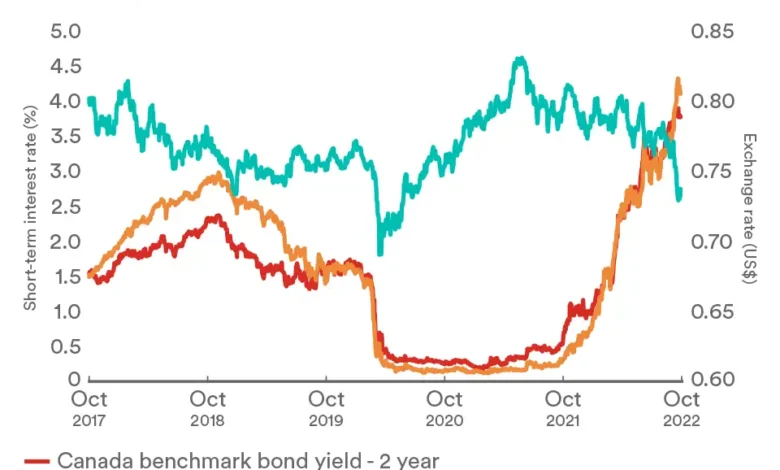Global economic activity is experiencing a widespread slowdown that has exceeded expectations

The World Economic Outlook Report revealed that global economic activity is experiencing a large slowdown that exceeded expectations as inflation rates exceeded their levels recorded in several decades.
The International Monetary Fund (IMF) reported that forecasts indicate that global growth slowed from 6.0% in 2021 to 3.2% in 2022 and 2,7% in 2023, representing the weakest growth patterns on record since 2001 except for the global financial crisis and the critical phase of the COVID-19 pandemic.
According to the report, global inflation will rise from 4.7% in 2021 to 8.8% in 2022, later falling to 6.5% in 2023 and 4.1% in 2024.
The report noted that monetary policy should continue to work to restore price stability while directing fiscal policy towards easing cost-of-living pressures, while remaining sufficiently stringent in line with monetary policy. and structural reforms can play an additional role in supporting the fight against inflation by improving productivity and reducing supply shortages, while multilateral cooperation is a necessary tool for accelerating the transition to green energy and preventing fragmentation.
In its second chapter on wage dynamics following COVID-19 and the risks of the wage spiral and prices, the report stated that inflation has reached a level not seen in 40 years in some economies. Although overall wage growth has remained below inflation so far, some observers have warned that prices and wages can enter into a mutual payment process. wages “, where wages escalate and prices inflate in a continuous wage and price spiral.
This chapter examines past and recent wage dynamics, highlights prospects and indicates that, on average, there are no wage and price swirls following similar historical situations.
The analysis highlights that backward projections require greater and more focused monetary emphasis at the outset to reduce the risk of inflation escalation from the target pillar.
The risks of a continuous wage and price cycle appear limited, as the shocks of underlying inflation come from outside the labour market and monetary policy continue to be acutely stringent.





